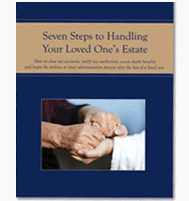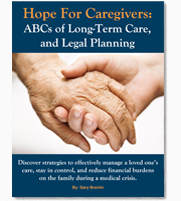How to Do a Tax-Free Roth Conversion
Most people are familiar with the two types of IRAs, Traditional and Roth. Briefly: traditional IRAs are both tax-deductible (you don’t pay income tax on the money that’s contributed, up to an annual limit) and tax deferred (you don’t pay taxes on the earnings inside the IRA), but you pay income tax on all the money as it’s distributed from the IRA. Roth IRAs are not tax-deductible (you fund them with after-tax money), but they are tax-free afterward, both on earnings inside the Roth and distributions later (if made at the appropriate times and ages).
You can convert a traditional IRA to a Roth IRA, though you have to pay income taxes at the time of conversion. And, as you might imagine, it can be fairly complex to determine when and whether it is a good idea, from a tax perspective, to make that conversion. You’re weighing a tax bill today against a potentially smaller tax bill later on.
But if you could do a Roth conversion for free, then the decision is easy. No taxes today and lower taxes tomorrow is always a good idea.
How do you do it? Well, of course this tip only applies to a limited situation, but if you’re in that situation, you should certainly take advantage of it.
First, you need to have a Qualified Retirement Plan from your employer, such as a 401(k). Second, you need to have made some non-deductible contributions to that QRP. Any contributions over the annual limit would be non-deductible.
When you retire, the non-deductible portion of your QRP can be rolled directly into a Roth IRA, without any tax at that time. You simply instruct the plan administrator to roll the pre-tax portion to a traditional IRA and the after-tax portion to a Roth. (Note that it is important that these be done as part of a single “distribution event.”)






